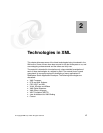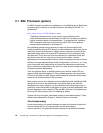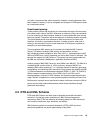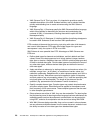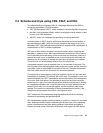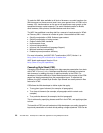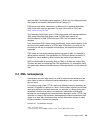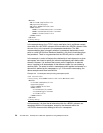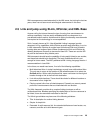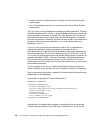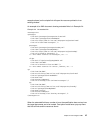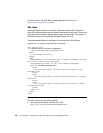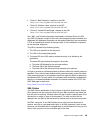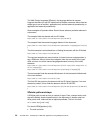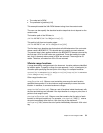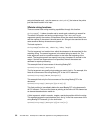Chapter 2. Technologies in XML 25
XML namespaces are used extensively in the XML arena, but, during the last two
years, there has not been much technological advancement in this area.
2.5 Link and jump using XLink, XPointer, and XML Base
Anyone surfing the Internet knows the joys of moving from one document to
another seemlessly. Links are easily embedded within one document to a
pre-defined location another. As demands for linking functionality, more demands
are required on the technology for more capabilities.
XLink, formerly known as XLL (the eXtensible Linking Language) provide
advanced
linking capabilities, while XPointer provides ways describing locations
in XML documents. Xpointer is another layer built above XPath and is used to
locating data and ranges of data. XBase complements XLink and XPointer by
allowing developers to specify a document’s base URI. These can use the URI
do point to documents using relative parts.
XML documents should have the capability of being easily linked to one another,
and these links should be bi-directional. The basic unidirectional link is not
enough for future needs. The W3C published a XML Linking Language Version 1
recommendation in June 2001.
In the future, we would need some, if not all of the following capabilities:
Multi-directional links: In today’s technology, we only have unidirectional links.
The only way to return to the location of the called document is to select the
Go Back button. With a multi-directional link, users could return to the original
location through a link at the first link’s destination.
Link with multiple locations: There should be choice for different locations or
documents from a single link.
Placing content inline from a linked document: Presently, we cannot present
portions of two documents that are interlinked with one another.
The Xlink framework provides for a complex linking structures as will as
unidirectional links. Besides specifying the relationships of the two resources to
be linked, it can also associate meta data for that link.
The XLink type attribute may have one of the following attributes:
Title: A description for another linking element
Simple: A simple link
Extended: A multi-resource link. An extended attribute can have locator, arc,
resource, and title as its child element types.



